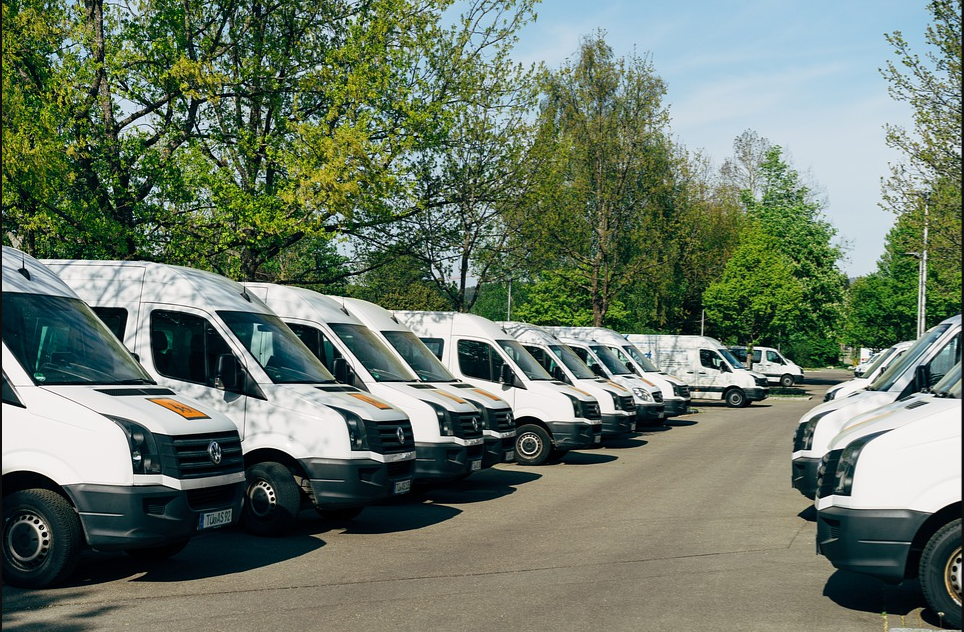Fleet safety is key to the success of any business. Whether you are a company with one or more cars, trucks, vans, or buses, many safety precautions need to be taken into account. Here are 5 tips for keeping your fleet as safe as possible.
1. Train Your Drivers
The first step towards improving fleet safety is to ensure that your drivers are properly trained. Drivers need to be aware of the hazards they may encounter on the road and how to react in an emergency. They should also know how to handle their vehicle safely, including proper braking and turning techniques. Ensure that your drivers are familiar with the local roads and traffic laws. They should also be aware of any restrictions or bans on certain vehicles in specific areas. Your drivers should have a valid driver's license, as well as the appropriate insurance coverage. In addition to driver training, it is also important to provide safety training for other employees involved in fleet operations, such as dispatchers and mechanics.
2. Up-To-Date Vehicle Maintenance
It's important to make sure that your vehicles are well-maintained. This includes regular maintenance, such as oil changes and tire rotations, and inspections for any potential safety hazards. If you have a large fleet, it may be helpful to create a checklist of safety items that need to be checked on each vehicle. This can help ensure that no important safety features are overlooked.
3. Install GPS Tracking Devices
GPS tracking devices like Titan GPS can be useful for fleet safety. These devices allow you to monitor the location, speed, and direction of your vehicles at all times from an online platform or smartphone app. In addition to monitoring driver behaviour, these tools can also help with compliance by allowing you to see whether drivers are following their route as expected. In an accident, the best GPS tracker for cars can help you determine the cause and severity of the crash. This information can be used to improve your safety procedures.
4. Ensure Equipment Compliance
Ensure that your vehicles meet local and state requirements for lights, reflectors, windshields, and other equipment. It may be helpful to work with a fleet compliance company to ensure all of the required equipment is in place. It's also important to have a safety plan in place for your fleet. This should include emergency procedures such as what to do if someone is injured or in a fire. It's also important to have a contact list of emergency services, such as police and ambulance, that can be accessed quickly in case of an emergency.
5. Find Fleet Monitoring Software
These days, there is fleet monitoring software you can buy for your vehicles. They keep records on every vehicle on aspects such as speeding and tailgating. As a fleet owner, you'll also know about heavy braking systems. This means that you have the opportunity to know the different drivers' behaviour. You need this information to educate them on the best practices. In the long run, you will have a better team.
Fleet safety is a critical component of any business. Each company should take the necessary steps to ensure that its drivers and vehicles are safe. By following these four tips, you can help keep your fleet safe and running smoothly.












